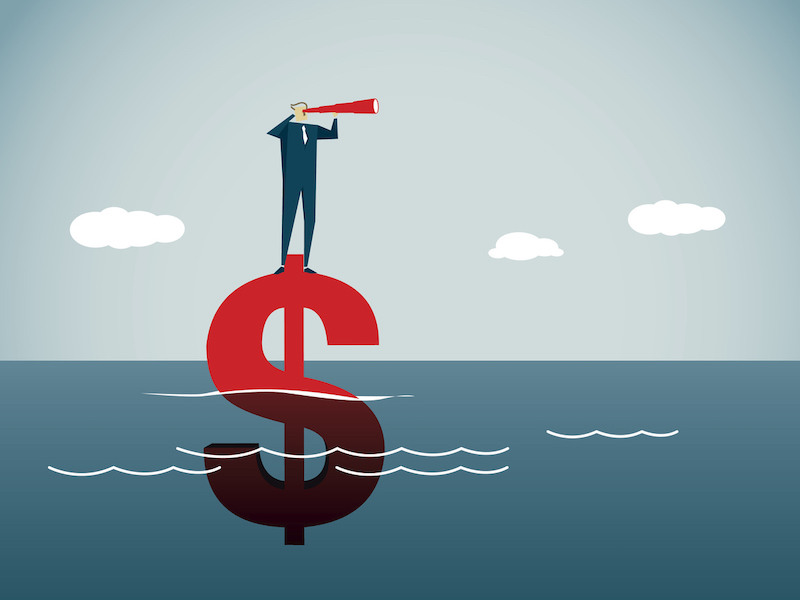
The world’s central banks have “largely won” their inflation fight, according to Mackenzie Investment’s 2025 forecast. Here at home though, the Bank of Canada can’t afford to take its foot off the overnight rate gas pedal just yet.
“The Bank of Canada is faced with a different deck of cards,” in comparison to the U.S. Federal Reserve, said Lesley Marks, chief investment officer at Mackenzie Investments, in an interview with Investment Executive. “The Canadian economy has been on a slowing trend since the middle of last year.”
Marks said that in comparison to the U.S., Canada was harder hit by the post-pandemic rise in interest rates. So, despite achieving its inflation target, there’s more work for the central bank to do in the new year. Watch for the Bank of Canada to go its own way in 2025, Marks suggested.
“They will have an independent path for cutting rates,” she said. “Presumably, cuts in immigration will factor into that as well. … In the face of a flat or slightly shrinking population, it is going to be very difficult for Canada to experience economic growth.”
Mackenzie is not forecasting a Canadian recession in the new year. Marks said that an additional round of inflation is possible though, given U.S. president-elect Donald Trump’s threat to impose a 25% tariff on Canadian goods. “It’s a realistic expectation that inflation could start to move higher, both in the U.S. and Canada,” she said. “That will factor into the Bank of Canada’s decision making, and perhaps make it more difficult to act … to support the Canadian economy.”
Should rate cuts continue, the loonie will take a hit. “We think that the new trading range may be in the 69- to 72-cent range,” Marks said.
The Canadian dollar fell to its lowest level since 2020 on Tuesday after Trump’s tariff threat, The Canadian Press reported.
Lower interest rates will be good for the bond market though. “Our expectations for fixed income in general are for modest positive returns,” Marks said. “The corporate investment-grade sector will give you a little bit of extra return.”
Mackenzie has also forecast a continued broadening of the U.S. equity market — beyond the so-called Magnificent Seven — which began following the U.S. presidential election. The promise of corporate tax decreases has an outsized impact on small- and mid-cap stocks because the big companies are already run so tax-efficiently. President-elect Donald Trump’s deregulation agenda will have a similarly positive effect, the firm suggested.
“We think that this will be a catalyst for a mergers-and-acquisition cycle,” Marks said. “Although it’s been broadly talked about in the context of financial companies, we think more broadly that an M&A cycle across the U.S. economy could help boost target companies, which typically aren’t the mega-caps.”
Back to work
The investment management and commercial real estate services firm Colliers has a couple of interesting takes on the year ahead, too.
The first is an uptick in the return-to-premises movement, as a result of rising unemployment. “You get a bit of a shift in the power dynamic,” said Johann Rodrigues, vice-president, capital markets with Colliers. “Employers will call more people back to work. I think you’ll see a little bit of a step up in office usage rates.”
Rodrigues said the key beneficiaries of that trend will be class B buildings in downtown cores “where there’s still a little bit of weakness.”
As institutional investors continue to evaluate alternative investment opportunities, commercial real estate including senior housing, student housing, self-storage facilities and data centres stand to benefit, Rodrigues said.
“More and more institutions want to invest in them, and our high-net-worth individuals and family offices are thinking along similar lines.”